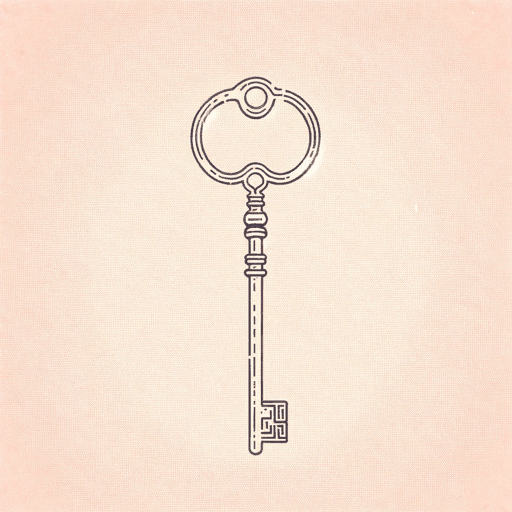58 pages • 1 hour read
Ana ReyesThe House in the Pines
Fiction | Novel | Adult | Published in 2023A modern alternative to SparkNotes and CliffsNotes, SuperSummary offers high-quality Study Guides with detailed chapter summaries and analysis of major themes, characters, and more.
Important Quotes
Content Warning: This section of the guide includes discussion of drug/alcohol addiction and psychological abuse.
“Deep in these woods, there is a house that’s easy to miss. Most people, in fact, would take one look and insist it’s not there. And they wouldn’t be wrong, not completely. What they would see are a house’s remains, a crumbling foundation crawling with weeds. A house long since abandoned. But look closely at the ground here, at this concrete scarred by sun and ice. This is where the fireplace goes. If you look deeply enough, a spark will ignite. And if you blow on it, that spark will bloom into a blaze, a warm light in this cold dark forest […]. From the kitchen comes the smell of home, the sound of a sauté. This is how the world was once, before the first colic, the first scald, the first getting lost. And this is why you do it […]. Get a good night’s sleep, because when you wake, this house will be gone.”
(Prologue, Pages 1-2)
The novel’s first lines transport the reader to Frank’s cabin. The language is rhythmic and hypnotic, with vivid imagery conveying warmth, comfort, and an ideal home to bring the place to life in a way that mimics Frank’s hypnosis technique. Unlike the rest of the novel, the Prologue is narrated in the second person, addressing the reader directly with the pronoun “you.” This stylistic choice invites the reader to experience the same hypnotic sensation that the novel’s characters will undergo. “You” might also refer to Frank, as the line “This is why you do it” suggests. Thus, the Prologue could be read from Frank’s perspective, giving insight into Frank’s motivations.
“She took out a bottle of gin from the freezer. White vapor swirled from its neck as she twisted off the cap and filled the tiny glass up to the brim, raised it—Cheers!—to their mugging faces, and made herself a promise: Tomorrow morning, she would tell Dan the reason that she hadn’t been herself these past few days, the reason she couldn’t sleep or eat. She would tell him she was going through Klonopin withdrawal.”
(Chapter 1, Pages 6-7)
This passage introduces one of the novel’s key themes: Recovering From Trauma and Addiction. In addition to establishing Maya’s struggles with Klonopin and alcohol, the passage also characterizes Maya as an unreliable narrator. Klonopin withdrawal can cause hallucinations and alcohol can affect one’s mental state, calling Maya’s reporting of her experiences into question.
“They’d been paired up for a report on Emily Dickinson and bonded over poetry. Poetry was part of why they worked, the shared ability to be swept away by a beautiful line. But it was also that neither quite belonged—Aubrey, the perpetual new girl, and Maya with her nose in a book. She looked Hispanic but had grown up with a single white mom and knew very little about her family in Guatemala. She didn’t feel she fit in with the other Hispanic kids, while not being white meant she stuck out in Pittsfield.”
(Chapter 2, Page 19)
Maya and Aubrey’s friendship grows out of a shared love of creativity and a sense of being outsiders. They also share a fragmented sense of home—from moving around a lot while growing up for Aubrey and from Maya’s diverse cultural heritage.
Featured Collections
Addiction
View Collection
Books & Literature
View Collection
Fear
View Collection
Horror, Thrillers, & Suspense
View Collection
Memory
View Collection
Mental Illness
View Collection
Mystery & Crime
View Collection
Psychological Fiction
View Collection
Sexual Harassment & Violence
View Collection
The Best of "Best Book" Lists
View Collection
Truth & Lies
View Collection
YA Horror, Thrillers, & Suspense
View Collection
YA Mystery & Crime
View Collection

